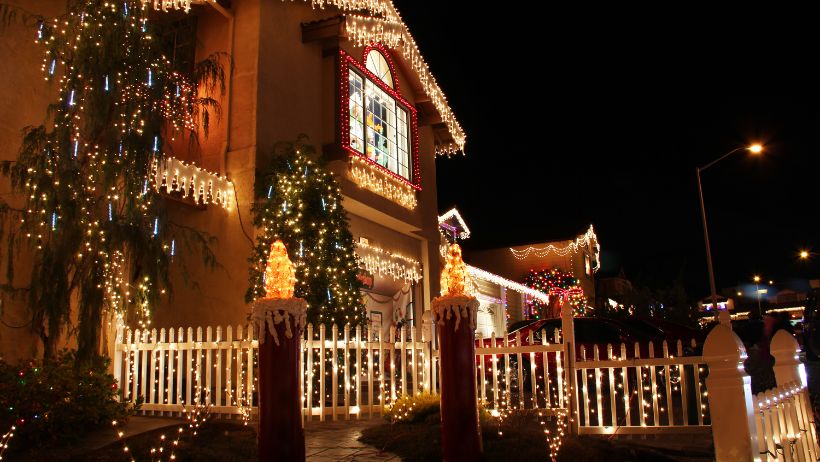Holiday Displays

Why Board Members Need to Understand The Difference Between Religious and Secular Holiday Displays
If your community association installs a holiday display, is that holiday display considered religious or secular? Are Christmas trees, menorahs, Nativity scenes, or the Kikombe cha Umoja (the Unity Cup used during Kwanzaa celebrations) considered religious or secular? How can you tell the difference? Why is the difference so very important to understand? The reason it is important to understand the difference between a religious versus a secular display is that if your association does have a religious display, and a member makes a request to have a holiday display for their religion too, the association must honor the request in order to avoid a claim of religious discrimination. But, if the holiday display is secular, such obligation does not exist.
Fortunately, we have guidance from the United States Supreme Court to help associations differentiate between secular and religious symbols and displays. In the 1989 case of County of Allegheny v. American Civil Liberties Union Greater Pittsburgh Chapter, 492 U.S. 573 (1989), the Court held that the determination of whether decorations, including those used to commemorate holidays (which are or have been religious in nature), are religious or not turns on whether viewers would perceive the decorations to be an endorsement or disapproval of their individual religious choices. The constitutionality of the object is judged according to the standard of a reasonable observer.
Thus, the Court found that a Christmas tree, by itself, is not a religious symbol; although Christmas trees once carried religious connotations, “Today they typify the secular celebration of Christmas.” The Court also noted that numerous Americans place Christmas trees in their homes without subscribing to Christian religious beliefs and that Christmas trees are widely viewed as the preeminent secular symbol of the Christmas holiday season.
In contrast, the Court stated that a menorah is a religious symbol that serves to commemorate the miracle of the oil (lasting eight days when it should have only lasted one day) as described in the Talmud. However, the Court continued that the menorah’s significance is not exclusively religious, as it is the primary visual symbol for a holiday that is both secular and religious. When placed next to a Christmas tree, the Court found that the overall effect of the display, to recognize Christmas and Chanukah as part of the same winter holiday season, has attained secular status in our society. Therefore, we can conclude that a Christmas tree and menorah, side by side, are of a secular nature.
As to the Ten Commandments, in the 1980 case of Stone v. Graham, 449 U.S. 39 (1980), the Court held that that the Ten Commandments are undeniably religious in nature and that no “recitation of a supposed secular purpose can blind [the Court] to that fact.” The Court stated that the Ten Commandments do not confine themselves to secular matters (such as honoring one’s parents or prohibiting murder), but instead embrace the duties of religious observers.
Another important holiday decoration issue concerns whether the decoration constitutes a material alteration of the common elements or common area. Generally, unless a homeowners association’s declaration provides to the contrary, the homeowners association’s board of directors decides matters pertaining to material alterations. On the other hand, as to a condominium association, unless the terms of the declaration of condominium provide otherwise, 75 percent of the unit owners must vote to approve material alterations of the common elements.
If a member of your community wants to include their religious symbol in the association’s holiday display, remember to consider the types of symbols already being displayed by the association as compared to the member’s request. Once your community displays a religious symbol, then there is a good chance your community will need to allow other requested religious symbols to avoid a claim of religious discrimination. Use the guidance from the Supreme Court’s cases to differentiate between a secular symbol and a religious symbol. With that in mind, if an association allows a Christmas tree and menorah, the board of directors, far more likely than not, would not have to grant a member’s request to display a Nativity scene and the Ten Commandments. The rules of kindergarten work best: treat everyone fairly, and treat them as you would want to be treated.
